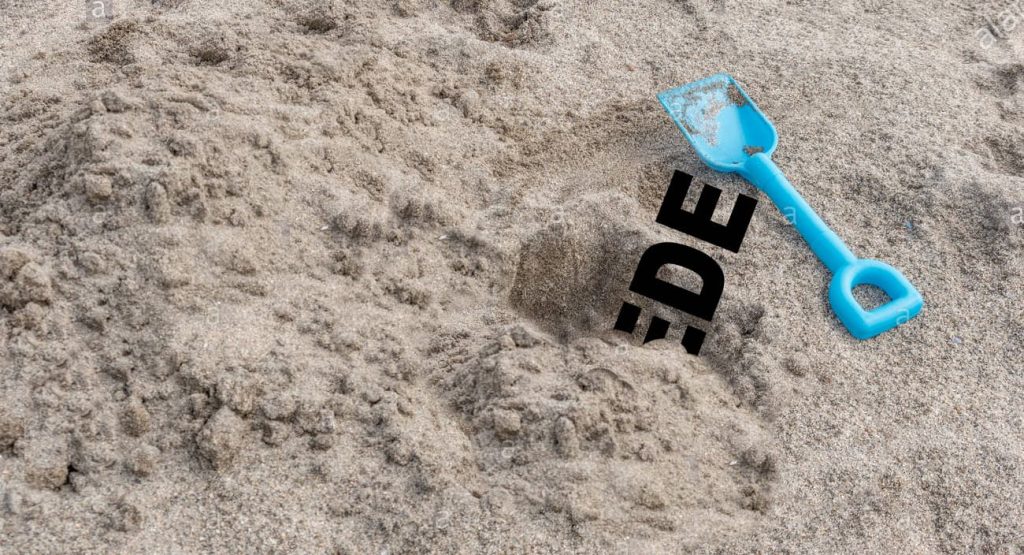
While typically used in journalistic parlance, the lede is your opening sentence and tells the reader what the subject is; if the lede was a part of your house, consider it your front door.
(Lede, which is both pronounced and means the same as lead, is intentionally misspelled, and explained at the end of this piece.)
An article on the Modern Language Association (MLA) website by Erika Suffern encapsulates the importance pretty succinctly: “A writer ‘buries the lede’ when the newsworthy part of a story fails to appear at the beginning, where it’s expected.” Say, for instance, that two people die in a house fire. The lede gets buried if the reporting mentions the location, time, or cause of the fire before the deaths.
This maxim is not the sole provenance of journalism. For example, circling back to the housing reference, if you are a real estate agent selling a house, what would be the most critical fact buyers need to know in your write-up?
The number of bedrooms and baths is, of course, important information. An updated electric system is a nice feature and does provide added value. But if you fail to mention the listing price front and center in the opening sentence, then, my friend, you have buried the lede.
Putting your main point at the end of a long sentence asks readers to hold on to the other facts in that sentence until they reach the lede, testing their patience and risking losing their interest. Here is another example of a buried lede:

The subject of the lede, Vicki, received multiple employment offers after earning her doctorate, but there was seemingly a lot of fluff before we learned that fact. Here is the same information, written more succinctly:

Right away, the reader knows that Vicki earned her doctorate and was in demand as a psychologist. The rest of the sentence buttresses the point but doesn’t obscure the supposition.
Being direct doesn’t mean you can’t be creative, but avoid letting your creativity get in the way of the message.
As an aside, if you are wondering why lede is intentionally misspelled in journalistic nomenclature, it is old-school: lede is a deliberate misspelling of lead, designed to avoid confusion in the days when printing presses used lead typesetting.
Some things just stick.
Need help with your lede? Versify Editors and Content Creators is a full-service creative shop that can draft, edit, and design your articles, blog posts, and other written pieces. From line editing to wholesale re-writes … if it involves the written word, we’ve got you covered. Contact Us.
